Lessons learnt from Luxembourg’s fare-free transport system
Posted: 15 October 2024 | Luxembourg’s Ministry of Mobility and Public Works | 1 comment
Luxembourg’s Ministry of Mobility and Public Works provides invaluable insight into ground-breaking fare-free initiatives and cutting-edge innovations being utilised across the country, offering a glimpse into the transformative potential of public transportation and its evolving landscape.
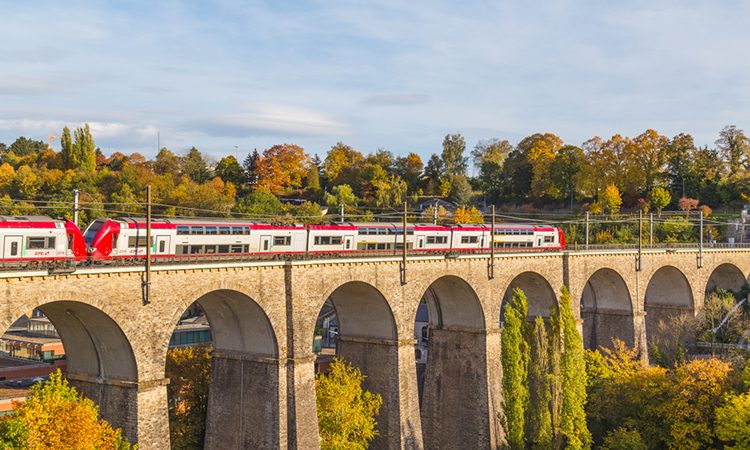

How has the implementation of fare-free public transport in Luxembourg since 2020 impacted the overall patronage of buses, trains and trams?
The introduction of fare-free public transport in Luxembourg on the overall patronage of buses, trains and trams is not measurable. We do not have details since no significant modal shift was expected in the short-term: evidence shows that the determining factor when people chose a mode of transport is its perceived quality (comfort, reliability, total travel time, total cost, etc.). Nationally and internationally, sudden modal shifts are only observed at a time of significant changes to the transport offer, either because a new, attractive offer was added or an existing, widely used offer became unavailable.
On 1 March 2020 – the day public transport became fare-free in Luxembourg – there were no such changes, including pricing: in Luxembourg, riding public transport was always significantly cheaper than driving a car, even when public transport was still a paid service (€50 per month or €4 per day for the entire country). Thus, there were no precipitating factors for a sudden shift towards public transport. However, in the long-term, the elimination of ticketing is expected to encourage spontaneous usage, and thus accelerate people discovering the strong public transport offer in Luxembourg.
Can you elaborate on the unique challenges and innovations associated with managing fare-free public transport, especially concerning ticketing and payment systems?
The main goal persists in offering an efficient, high-quality public transportation system while consistently enhancing multimodal options for the convenience of the public. Users value the spontaneity of being able to hop on any bus, tram or train without having to buy a ticket. Additionally, there has been a re-organisation regarding the responsibilities of the staff. The roles of train attendants and conductors have been adjusted and expanded to prioritise order and safety on trains, trams and buses in order to guarantee better service and flow of information.
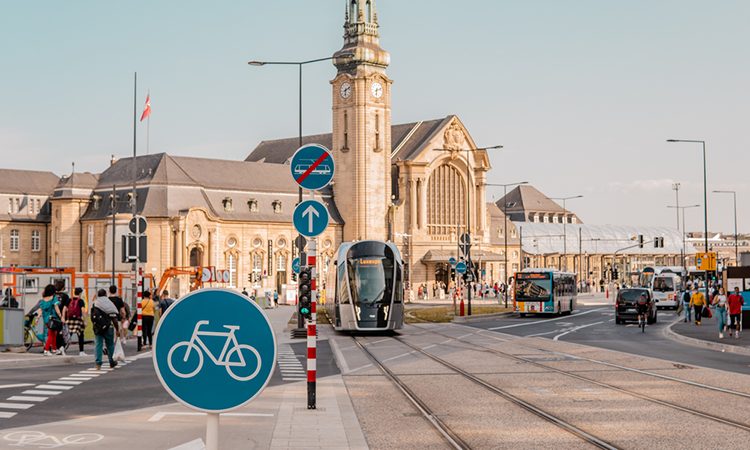

How has the fare-free public transport policy influenced the accessibility and usage patterns in both urban and rural areas of Luxembourg?
Drawing conclusions on this matter poses a challenge, as it remains unmeasurable due to factors like pandemic disruptions, telecommuting and ongoing improvements in public transport offerings.
The exception to the fare-free policy for first class tickets and subscriptions is noted. Can you provide insights into the decision-making process behind this exception and its impact on the overall sustainability and funding of the fare-free public transport initiative?
The decision was made to retain first class accommodations on trains to maintain the desired service standard for the majority of first class passengers. First class is considered a privilege, and it was determined not to receive further subsidies. Subsidies exceeded 90% even before the introduction of fare-free public transport. The budgetary implications were neither more nor less sustainable than those of a 10% subsidy increase in any other country.
Luxembourg’s cross-border connections are highlighted, with access to German, French and Belgian networks. How has the fare-free public transport policy affected international collaborations and partnerships in the realm of public transportation?
Fares for cross-border tickets were reduced to take account of the free leg on the Luxembourg side. Other than that, fare-free public transport has not affected the close international collaboration that Luxembourg seeks with regards to public transport.
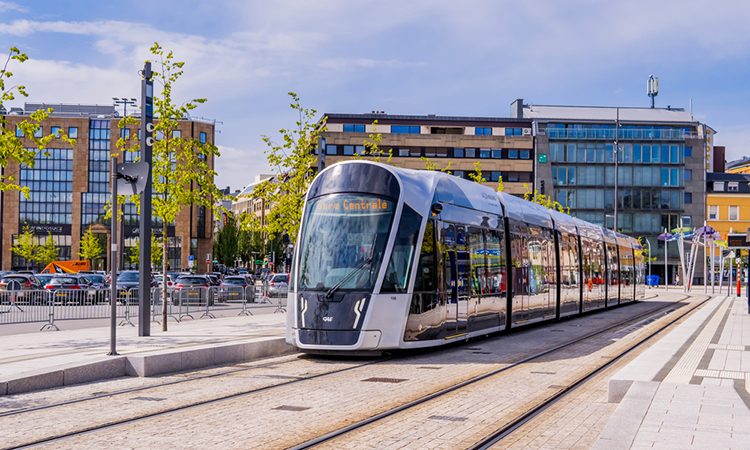

Given Luxembourg’s successful implementation of fare-free public transport, what advice or key lessons learned would you offer to other countries considering the adoption of similar policies to enhance public transportation accessibility and sustainability, and what lessons can other countries learn from Luxembourg’s experience in this regard?
In fact, several cities of medium to large size have shown keen interest in adopting similar policies.
Clarity and simplicity are key when it comes to the tariff structure. It should be affordable not just for passengers, but also for operators who rely on ticket revenue or subsidies to uphold a high standard service. The ultimate goal is to make using public transport just as convenient as jumping into your own car: simply walk to the nearest transportation option, get on and effortlessly arrive at your destination.
Having an attractive tariff structure is not sufficient. To encourage the use of public transport, it is vitally important to invest in a high-quality multimodal offer that meets the daily mobility needs of the population, as identified by large-scale representative surveys. Additionally, the publication of a credible long-term strategy to enhance public transportation quality is crucial. This provides users with the assurance that current shortcomings could be addressed and improved over time.
As public transport continues to evolve globally, are there plans to integrate emerging technologies or innovations into Luxembourg’s fare-free system, such as smart mobility solutions, digital platforms, or alternative energy sources, to further optimise the public transportation experience?
Passenger trains have been running on 100% renewable energy for decades, so do trams. Regional buses are on track to become fully electric by 2030. In terms of mobility applications, mobiliteit.lu is an app which shows real-time information. The Mobility Observatory, which has been presented in June 2023, has the purpose to collect, process and disseminate mobility data to enhance understanding of mobility behaviour in Luxembourg.
The Ministry of Mobility and Public Works in Luxembourg is responsible for overseeing various aspects related to transportation, infrastructure and public works within the country. This includes managing road networks, public transportation systems, urban development projects and ensuring the safety and efficiency of transportation infrastructure. In addition, the ministry plays a crucial role in implementing policies and initiatives aimed at promoting sustainable mobility and enhancing the overall quality of transportation services for residents and visitors alike.
Stay Connected with Global Railway Review — Subscribe for Free!
Get exclusive access to the latest rail industry insights from Global Railway Review — all tailored to your interests.
✅ Expert-Led Webinars – Gain insights from global industry leaders
✅ Weekly News & Reports – Rail project updates, thought leadership, and exclusive interviews
✅ Partner Innovations – Discover cutting-edge rail technologies
✅ Print/Digital Magazine – Enjoy two in-depth issues per year, packed with expert content
Choose the updates that matter most to you. Sign up now to stay informed, inspired, and connected — all for free!
Thank you for being part of our community. Let’s keep shaping the future of rail together!
Related topics
Multimodality, Passenger Experience/Satisfaction, Rail Fares/Ticket Pricing



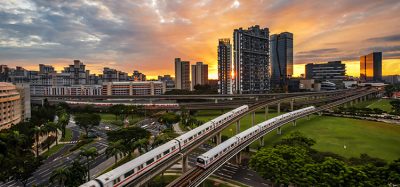
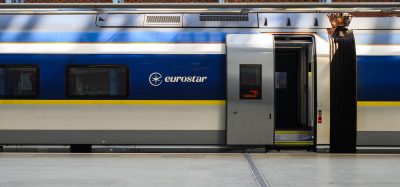
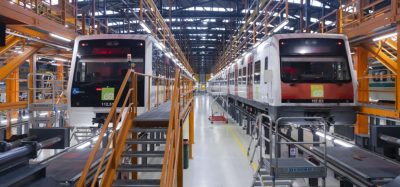


The intrinsic disadvantage of all public transport systems is that vehicles can only take passengers to points (stops) along a linear line (the route) and only at times listed in timetables. Unlike personal transport modes (cars and bicycles) they cannot go to points in an area at times people need to arrive. This is crucial as people in modern post-industrial cities need to go to different destinations at times often determined by appointments during the limited time available to them in a series of linked trips that form daily travel journeys.